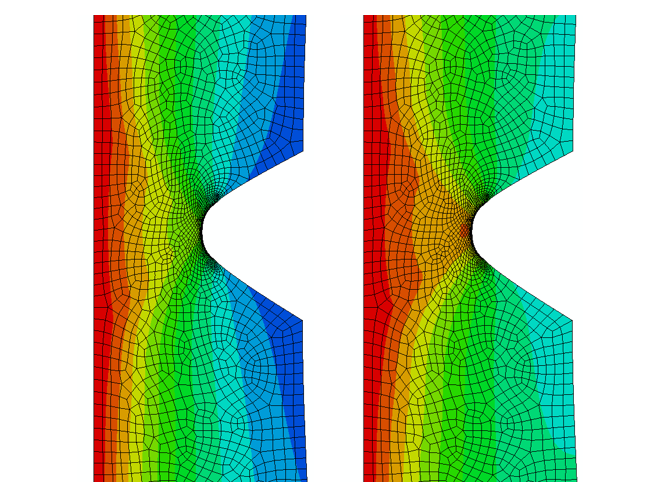Launch of the OptiHeat project – Reliable and economical degassing heat treatment for galvanically coated components

Research institutes:
RI 1:
Fraunhofer Institute for Mechanics of Materials IWM
Wöhlerstraße 11
79108 Freiburg
RI 2:
Fraunhofer Institute for Manufacturing Engineering and Automation IPA
Nobelstraße 12
70569 Stuttgart
Heat treatment processes for driving out hydrogen and thus avoiding hydrogen embrittlement of components with galvanized coatings are frequently established on the basis of experimental trials. The difficulty for the user lies in the fact that the temperatures and, in particular, the times of the heat treatment to be carried out are described and defined extremely imprecisely in the available guidelines. Companies are frequently compelled to follow the maximum times specified to achieve maximum reliability regarding the hydrogen embrittlement potential. The specific layer-substrate system and component geometry frequently cannot be taken into account. This results in conservative, time-consuming and costly heat treatments. Most medium-sized contract coating companies do not have the resources to develop optimal process strategies for the respective application. The Fraunhofer Institute for Material Mechanics IWM in Freiburg and the Fraunhofer Institute for Production Technology and Automation IPA in Stuttgart are developing methods by means of which businesses should be able to arrive at specific, cost-effective configurations for optimized degassing heat treatments for components with galvanized coatings in the »OptiHeat - Economical degassing heat treatment for components with galvanized coatings« AiF research project, which has now been approved. By means of the database to be created in the project for two different coating systems, a flexible computer simulation tool is being developed for fast, reliable design of the degassing process. A large number of precise coatings on test bodies are required to generate the data for the simulation. These are investigated using special analytical procedures in relation to their hydrogen content and diffusion and effusion behavior. The results go into a multi-parameter model. A toolbox suitable for industry is being developed with the results, by means of which a contract coating company can define its heat treatment process and the working window for pre-tests is becoming smaller as the density of the data increases. Alongside this, fracture tests are being carried out on the samples and components to analyze relationships between hydrogen content and mechanical behavior.
Back to Assessment of Materials and Lifetime Concepts Highlights
 Fraunhofer Institute for Mechanics of Materials IWM
Fraunhofer Institute for Mechanics of Materials IWM